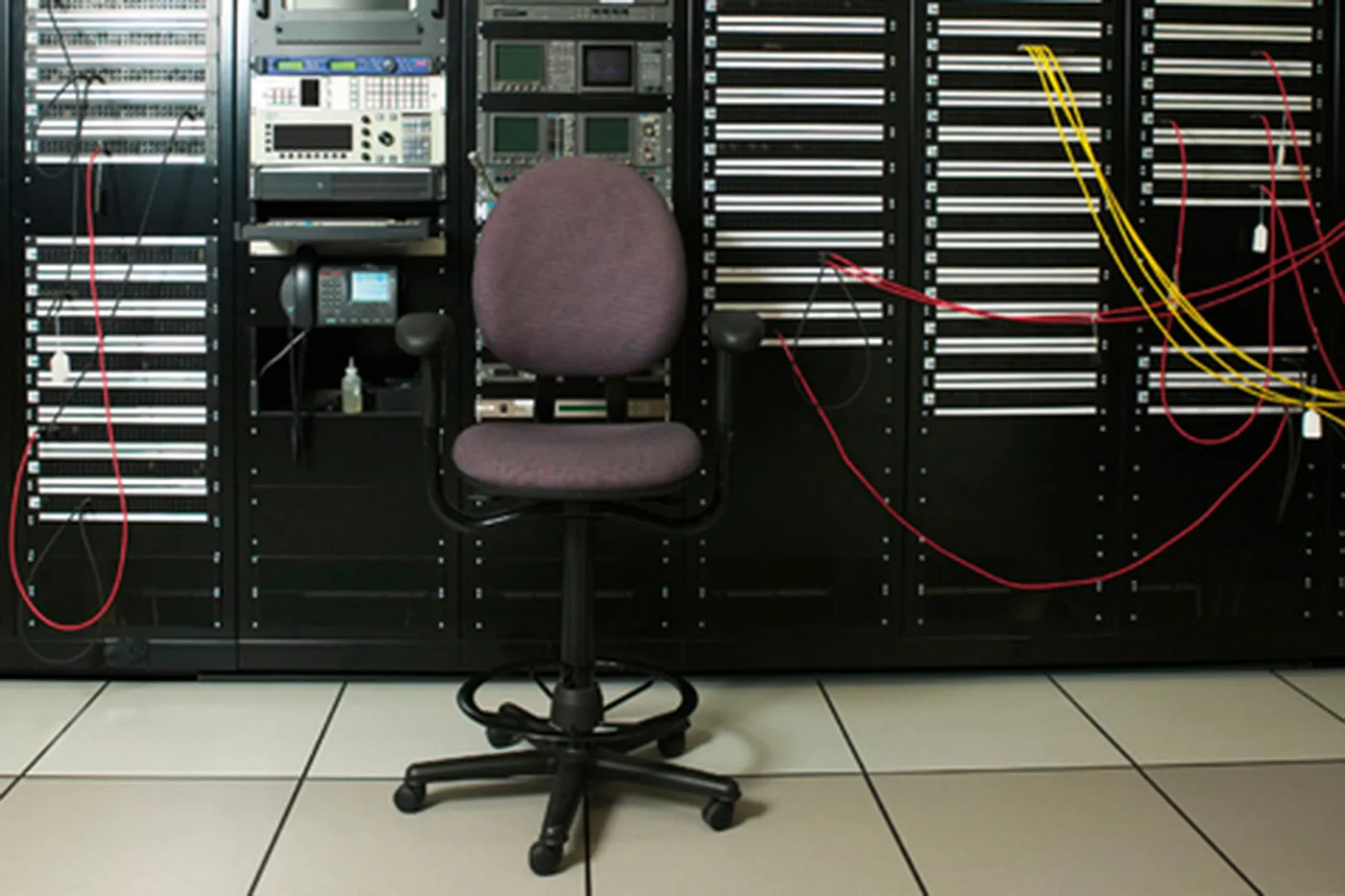Government agencies are increasingly using automated decision systems to aid or supplant human decision-making and policy enforcement in various sensitive social domains. They determine who will have their food
subsidies terminated, how many health care benefits a person is entitled to, and who is likely to be a victim of a crime. Yet, existing legislative and regulatory definitions fail to adequately describe or clarify how these
technologies are used in practice and their impact on society. This failure to adequately describe and define “automated decision systems” leads to such systems evading scrutiny that policymakers are increasingly recognizing is warranted and potentially impedes avenues for legal redress. Such oversights can have concrete consequences for individuals and communities, such as increased law enforcement harassment, deportation, denial of housing or employment opportunities, and death.
This Article is the first in law review literature to provide two clear and measured definitions of “automated decision systems” for legislative and regulatory purposes and to suggest how these definitions should be applied.
Recommended Citation:
Rashida Richardson, Defining and Demystifying Automated Decision Systems, 81 Md. L. Rev. 785 (2022)
Available at: https://digitalcommons.law.umaryland.edu/mlr/vol81/iss3/2
